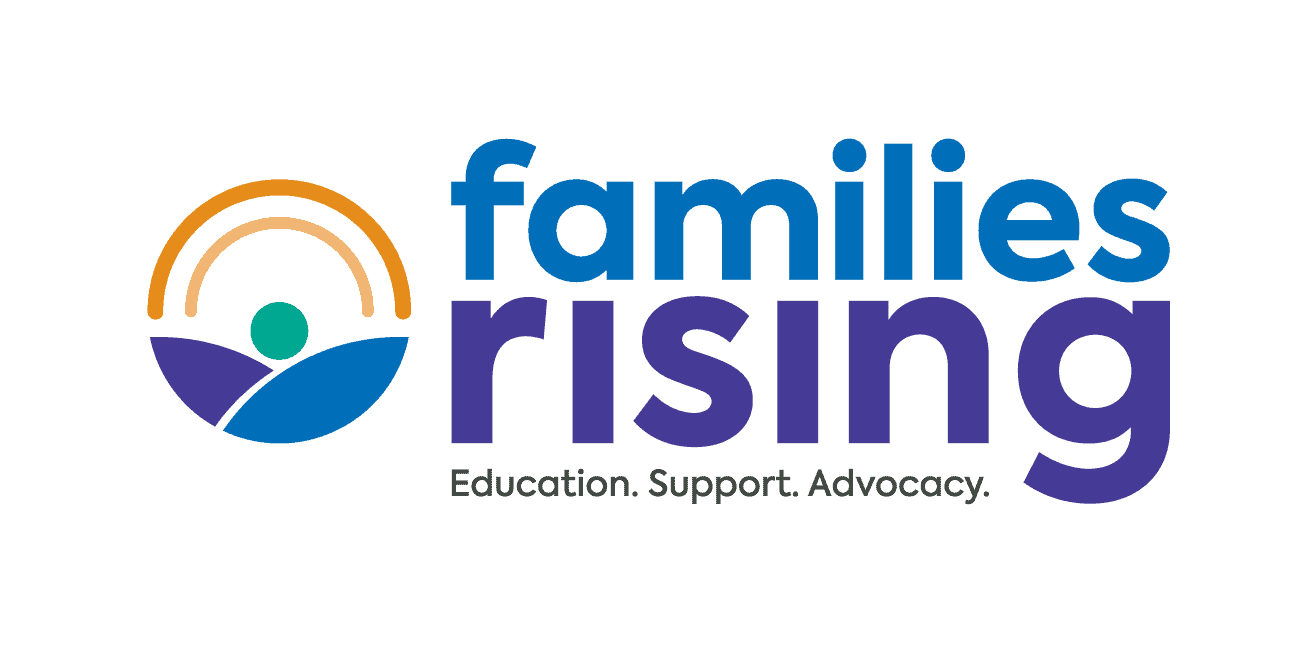
From Adoptalk 2018, Issue 2; Adoptalk is a benefit of Families Rising membership
By Phyllis J. Stevens
Phyllis Stevens is a foster and adoptive parent and founder of Together As Adoptive Parents, an adoptive parent support network, in Pennsylvania. She also helped start the Philadelphia Resource Parent Association and currently works for the Youth Law Center under the Quality Parenting Initiative. Phyllis also serves as a consultant to Families Rising, helping train and support parent group leaders.
Foster care placements have two main goals. First, to reunite the child with the birth family. Second, to minimize the trauma that has been shown to occur for children after multiple moves. Because of the pivotal role foster parents play in a child’s life, many states now call foster families “resource families”—they are a resource for reunification and a resource for adoption. In other words, no matter what the outcome, a resource parent is there to help children develop stronger connections, either with the birth family, the foster parent and their family, or other caregivers who plan to parent the child.
Often for foster parents, helping a child develop these essential attachments means mentoring or connecting with the birth family to better prepare everyone for eventual reunification.
This is called shared parenting, a practice in which foster parents cultivate positive, supportive relationships with birth parents. Shared parenting relationships are based on trust, while keeping the safety and best interests of the child in focus. Some also call this process co-parenting, described on Wikipedia as “a parenting situation where two or more adults work together to raise a child even though they are not necessarily the biological parents, living together, or in a romantic relationship.”
Years ago, foster parents could not adopt a child in their care, nor was it common for them to be in close contact with the birth family. However, recent practice and research reveals that maintaining regular contact between the foster parent and the birth parent benefits everyone. Why? Consider the following advantages of shared parenting:
- Feelings of grief and loss that both a child and a birth parent might feel upon separating are minimized. Children can see their birth family is okay and still loves them—this can help a child relax.
- The child’s relationship with the birth parent can be maintained.
- Foster parents can form a realistic picture of the birth parent’s strengths and needs.
- The birth parents can be reassured that their child is in a nurturing and stable home.
- Foster parents can model effective parenting. By knowing what good parenting looks like, birth parents can practice parenting skills.
- Foster parents can ask birth parents about the child’s schedules, fears, allergies, sleep habits, likes, and dislikes. Foster parents can also learn culturally specific child-care strategies from birth family members, which can enhance a child’s cultural identity.
- Birth parents can view the foster family as a resource rather than a threat.
- Planning for visitation can be simplified.
- Transitions back into the birth parent’s home can be smoother.
- After the child returns home, there can be ongoing support.
While there are significant benefits to shared parenting, one must be aware of the potential challenges that shared parenting introduces. Challenges such as:
- Initial feelings of anger or resentment by the birth parent towards the resource parent. This anger is often an expression of grief at family separation, the result of feeling judged, or the result of viewing a resource family as a threat to the birth parent’s personal relationship with the child.
- Children feeling conflicted by loyalties to both their foster and birth families.
- Potential safety risks for the child or the resource parent, depending on the situation.
- A change in a child’s behavior before or after a visit with the birth family, as a result of coping with stress or feeling triggered by past trauma.
- Resource parents disliking what the parent did to the child or what the parents allowed others to do to the child.
Below is a list of tips and tricks to avoid these challenges. If you or someone you know is interested in shared or co-parenting, the following ideas can help:
- Keep journals on the activities of the children and share them with the birth family.
- Take pictures of the child’s activities to share with the birth family and display pictures of the birth family in the child’s room and in your home.
- Save notes, schoolwork, art projects, etc. for the birth parents.
- Facilitate phone calls between the child and the birth family.
- Provide transportation to and from visits when possible.
- Assist and encourage the birth family and the child to work on a lifebook together.
- Include birth family members in school activities such as conferences, parents’ nights, and athletic events as well as in medical or dental appointments. This can allow the birth parents to practice normal parenting skills while the resource parent plays a mentoring and supportive role.
- Allow family interactions to take place in the resource family home and involve the birth parents in normal child care tasks such as bathing, feeding, reading stories, or tucking into bed.


